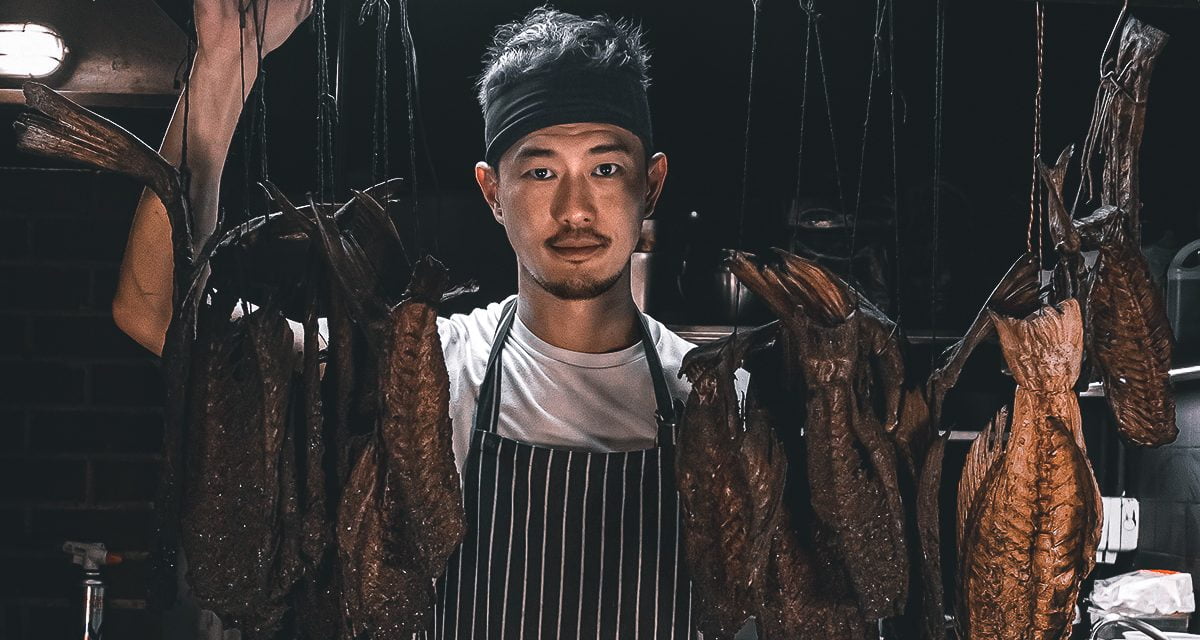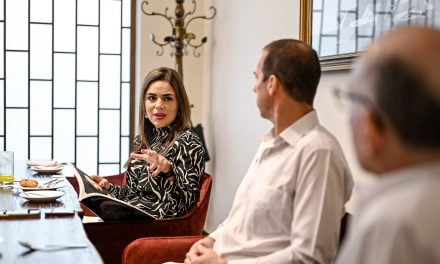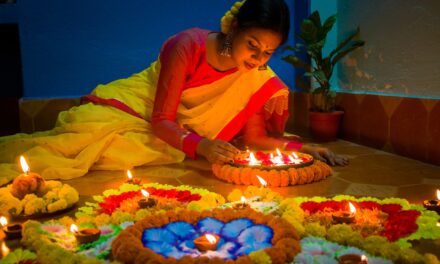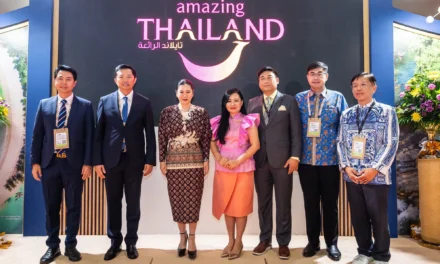Southeast of Singapore’s nucleus lies a restaurant which serves more than ice-cold craft beers and chargrilled wagyu, but also a family’s history, legacy and culture.
The restaurant, aptly named Blue Smoke, won the title of Outstanding Casual Dining Experience at the Singapore Tourism Awards last month, “for its unique concept of an open wood and charcoal fire smokehouse and grill”.
Under the shroud of its rich, meaty smoke lies a story of a family and a love for their Chinese Teochew heritage and culture.
Working in the shadow his grandfather, Director & Executive Chef Ivan Yeo set out alongside his brother, Eng Kuang, and uncle, Yeo King Joey, to create The 1925 Brewing Co, which consists both of a brewery and the Blue Smoke restaurant.
Yeo’s grandfather, Yeo Kim Ho, was a dry goods grocer who ran a small stall in a wet market in Singapore in the 20th century.
Diplomatic Network (Asia) sat down with Yeo to talk about what they offer, from their kitchen and from their hearts.
You opened “The 1925 Brewing Co” with your brother and uncle, under the shadow of your grandfather who was a dry goods grocer, alongside a strong sense of identity linked to your Teochew heritage and culture. Could you tell me how your establishment is more than just a business to you?
First and foremost, the number “1925” is the birth year of my grandfather… We felt the tribute was perfect since the founders were all family, and most importantly, we liked how Grandpa conducted business, the ethics, the principles and most importantly, the pride for his produce. Every single time a new beer is brewed, it is either inspired by a piece of our family’s history or memory, or a tribute to those things.
Everything we know or we think how a food and beverage business is to be operated, were learnt from my family, and hence, our approach to our customers have always been that of a family friend or relative. It is quite common to hear in our restaurant, Blue Smoke, customers commenting, “this place feels like home” or “you guys make me feel at home”.
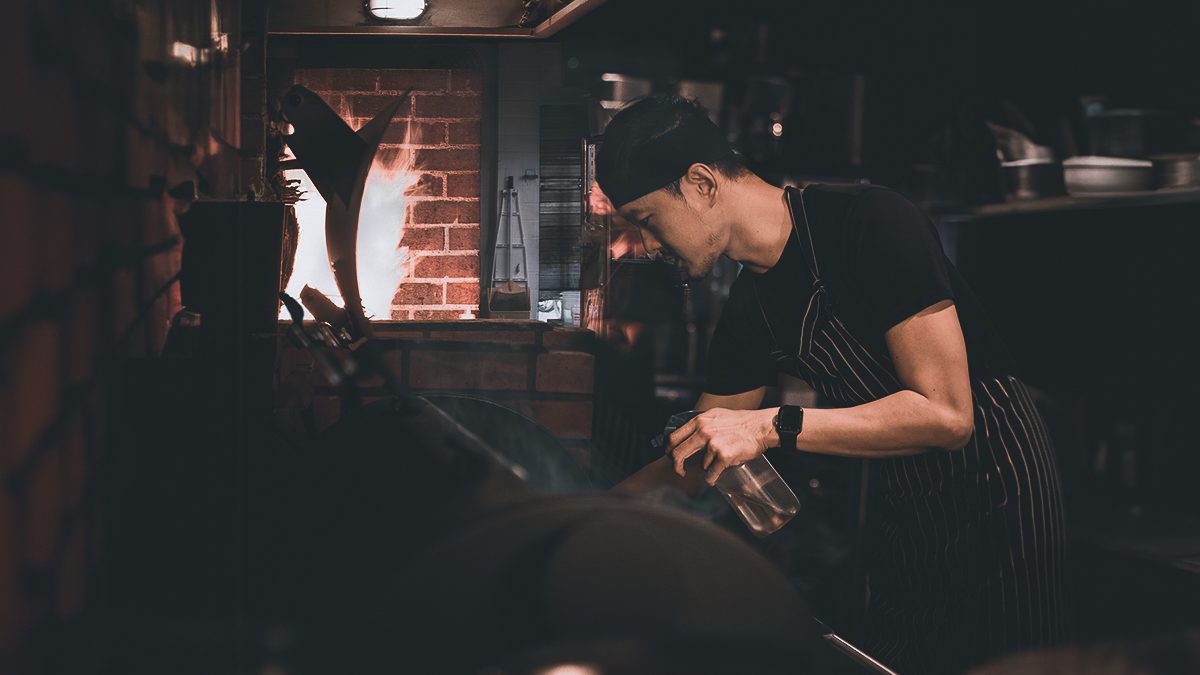
Could you explain what Nanyang Teochew cuisine is and what it means to you?
Teochew cuisine, a “Mother Cuisine” simply because of its widespread influence that came about as the Teochews migrated in large numbers to different parts of the world, predominantly in the Asia Pacific and Southeast Asia region. The Teochews, were connoisseurs of ingredients from the sea, as my ancestors lived along the coast of the South China Sea. The scrimp nature due to the early poorer standards of living meant that they had to savour every bit of the ingredient, head to tail, leaf to root.
“I have tried though, like many cooks, starting out with Western cuisine, dishing out poorly bastardised versions of pastas and steaks…”
Pickling, fermentation and curing were critical knowledge that extended the shelf life of any ingredient and were critical to forming “basic building blocks” for Teochew Cusine, just like how the French five mother sauces would be to French cuisine. The styles of Teochew cooking evolved and assimilated into the native cuisine as the early migrants settled along Southeast Asia, and it became what is known as the “Nanyang Teochew Cuisine”, or translated as “South Sea Teochew Cuisine”.
Growing up in an environment where I was tasked to help out with certain chores at my grandparents dry goods store, required me to ferment, cure and pickle ingredients so that they could sell them, it is almost impossible to depart from my roots. I have tried though, like many cooks, starting out with Western cuisine, dishing out poorly bastardised versions of pastas and steaks, I realised I hit a plateau very quickly.
The dishes then were shallow, had no meaning and was sorely lacking, and I realised the dishes that I held dear and tasted the best were dishes I cooked using ideas inspired from the Nanyang Teochew cuisine.
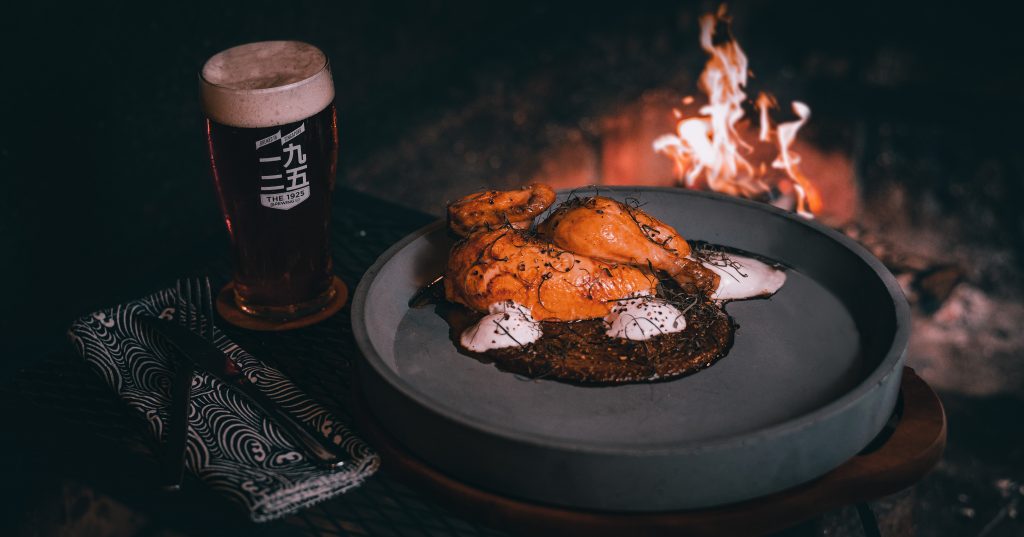
What other influences have crept into the kitchen?
I would like to consider myself as pretty open minded, being very open to techniques, ideas and recipes from other cultures and cuisines, however the key idea is to use and consolidate some of these “foreign” ideas to strengthen and modernise the Nanyang Teochew cuisine. For example, we have implemented the simplification of the traditional 5 spice braise from 16 ingredients and hours of boiling to just 5 ingredients and 45 minutes of cooking with no loss of the complexity and flavours of the old days, achieved by a combination of pressure cooking, sous vide-ing and confit-ing, techniques “stolen” from other cultures and age.
Beyond this, I am also a big fan of Thai, Japanese and Filipino cuisines, and the flavours, the ideas and the plating of my dishes are very telling.
What significance does the wood and charcoal fire method of cooking hold for you?
In all honesty, the reason is simply because I am a trained arsonist. Since young, I was fascinated by fire. The fascination for the flame was brought forth ironically by my father, who served as a fireman, and he showed me photos of buildings on fire, explosions and smoke with the purpose of teaching me the dangers of playing with fire.
“We listen to the change in sizzle, we smell for the change in aromas, we look for the change in colour and textures…”
The deal was sealed when he sat me down and we watch the movie “Backdraft (1991)” and as the movie goes, he showed me how fire seemingly had a “life” and a “will” of its own. I was intrigued. And after a couple of necessary corrective smacking of the bum, I learnt that the only way to play with the flame was through barbecues.
That was easy since I grew up in an environment where my grandparents on both sides, cooked with charcoal. And as I grew older, I started to host parties where I could do the barbecuing. And it still remains something I thoroughly enjoy till today.
As I matured as a chef, I always wondered why people tend to say that foods cooked with the wild flame always taste better. And through 10 years of cooking with the wild flame extensively, I have realised that “time” can no longer serve as a reliable gauge as to when food is properly done. This is because unlike a controlled flame, the wild flame burns erratically and since the heat source is no longer consistent, hence the cook must then rely on other senses that was always used before the rise of technology.
We listen to the change in sizzle, we smell for the change in aromas, we look for the change in colour and textures, and because we now invest so much more of these senses into the cooking process, the food derived will generally be better.
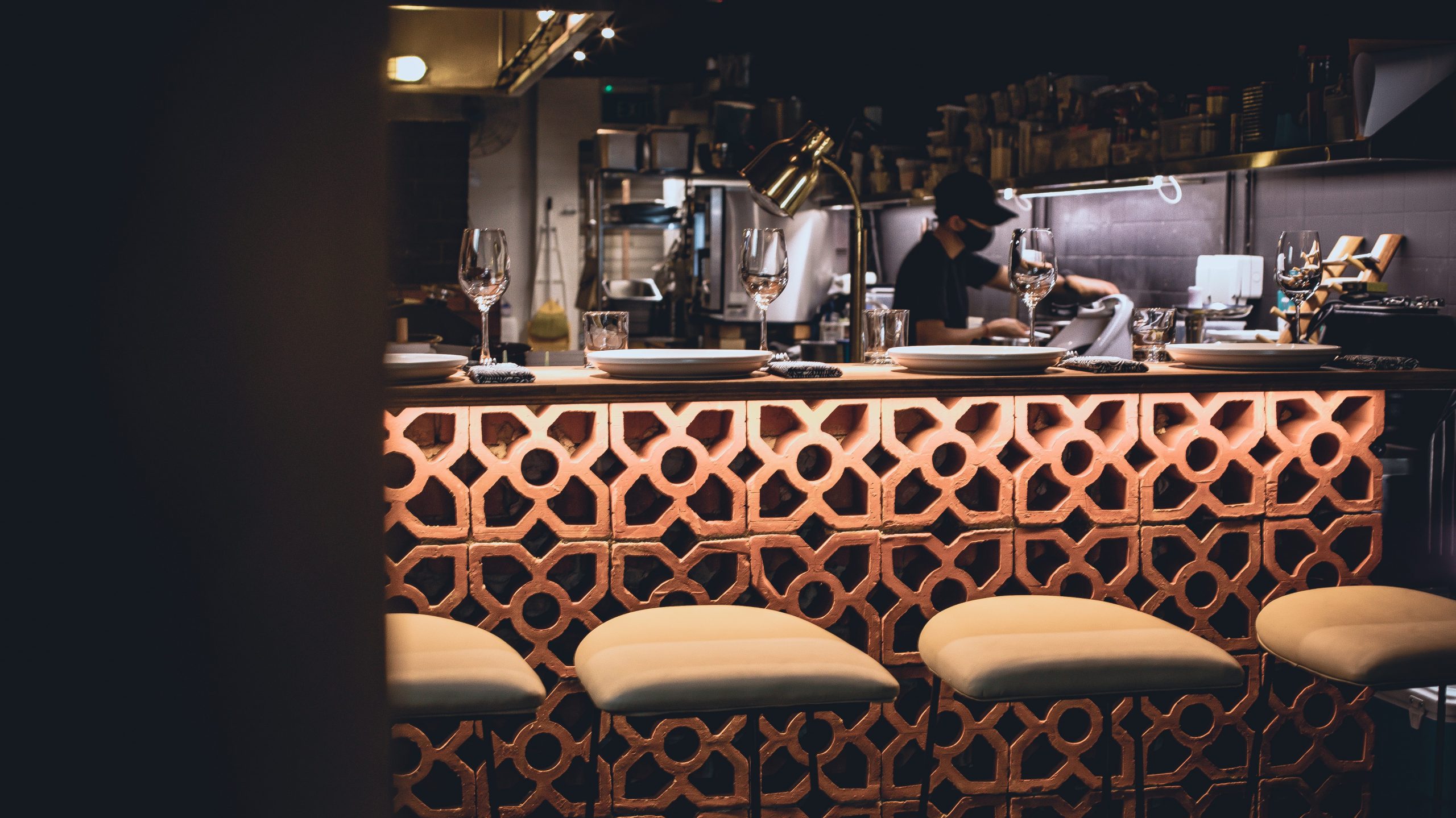
What sort of experience do you try to give diners? Especially with regards to the pairing of beers and food.
It really depends on the type of menu we serve. For our a la carte menu, we try not to be overly creative with the taste profiles, we like our dishes anchored to a taste profile centered on familiarity based on the locale, and we extend our creativity either with the cooking techniques, plating and/or ingredients.
“We always make sure that our foods are aimed to fill the spirits first, then the stomachs.”
One rule of thumb though, is that we always make sure that our foods are aimed to fill the spirits first, then the stomachs. Prices are also kept affordable so we can serve a wide range of customers. And even though we focus on Asian flavours and dishes, we still take a lot of effort to plate our dishes to meet the aesthetic demands of the digital age customer.
When it comes to pairing with the beers, we tend to either pair with a beer that accentuates the flavour of the dish or sometimes, vice versa, or that we choose beers that have taste profiles that compensates for the blind spots in the taste spectrum of a dish. The whole idea is to bring to attention how beers, like wines, can actually elevate the meal.
So to further expound on that thought, we introduce the omakase dinner [which is a special seasonal menu] to our regular diners. The omakase menu allows more room for creativity and through the courses, we can, through the diners’ own experience, taste flavours and sensations that do not exist in either the beer or dish, but from the result of a great beer pairing. We hope to educate diners that a beer can be complex, and in fact, has more room to be more sophisticated than any other beverage despite it being usually consumed in a casual setting.
We strive to create beers that are simple enough to chug and yet sophisticated enough when you peel away the guise of simplicity to reveal the amount of research, development and wit, that goes into the final product.
-END-
Apart from either visiting the restaurant or ordering their beers online, The 1925 Brewing Co also allows businesses to distribute and resell their beers.
If you enjoyed this, you may also enjoy DNA’s piece on Vietnam’s bánh xèo.
All images are attributed to The 1925 Brewing Co.

